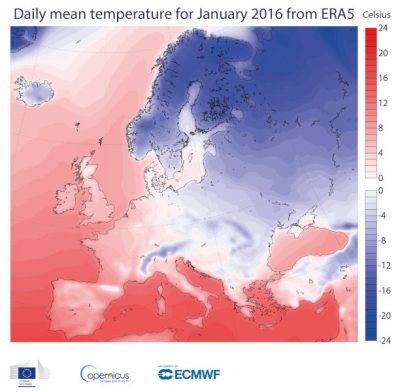Surface temperature estimation by re-analyses
PDFRe-analyses combine millions of meteorological and marine observations obtained by a very wide variety of observation means (fixed stations, balloons, ships, buoys, satellites, aircraft, etc.) and numerical simulations made from models, to reconstruct the state of the atmosphere over periods of several decades (since 1958 for JRA-55 and since 1979 for ERA5).
A major advantage of re-analyses is that they provide access, in particular, to an assessment of surface air temperature over the entire planet, even if the accuracy of this assessment remains dependent on the density of the observations collected. Conversely, input data from weather stations, boats or buoys are not corrected for biases linked to urbanisation effects, changes in observation modes or breaks in homogeneity in the series. The main reason for this is that the calculation procedures used for the re-analyses are derived from weather forecasting centres that do not perform these treatments on the input data, as they are useless for weather forecasting.





